Exploring The Untouched And Remote Corners of Manaslu
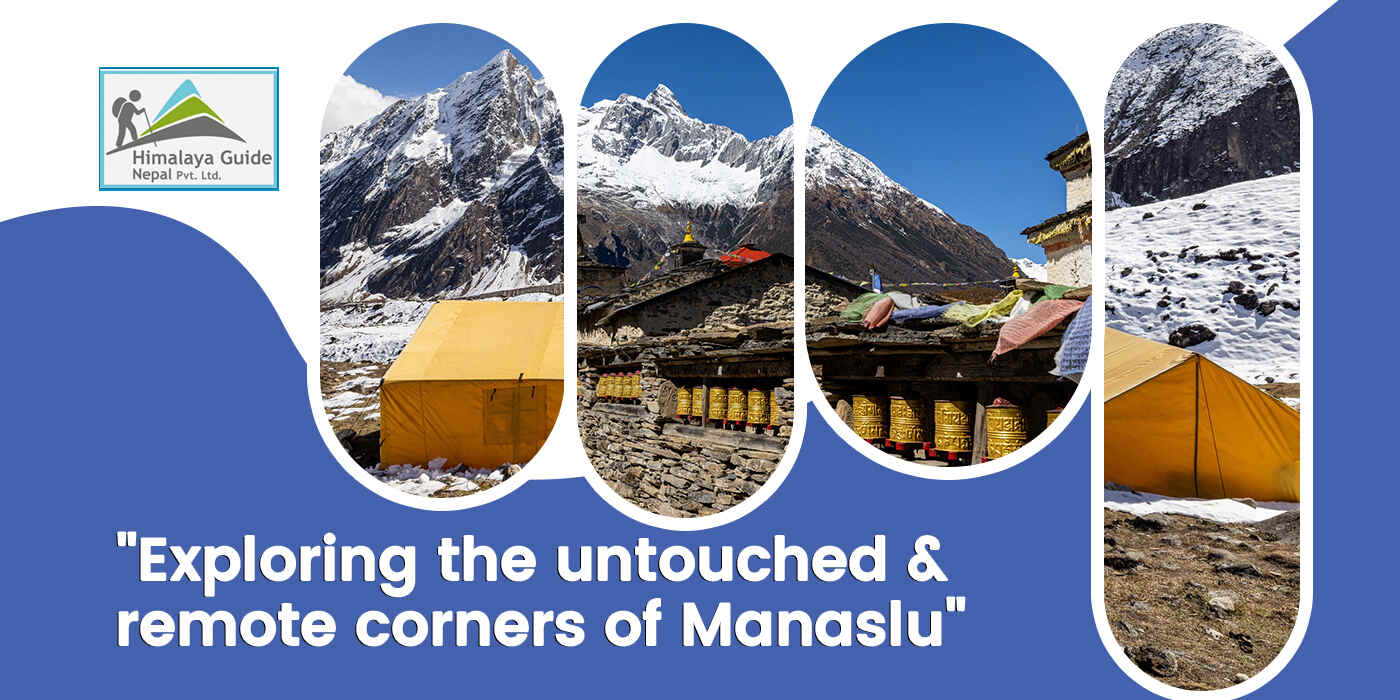
23 Mar 2023 Chandra Gurung
Are you adventurous and want to explore some of the planet’s most unexplored and remote corners?
If the answer is “Yes,” pack your bags, grab your hiking boots, and prepare to set out on one of the most breathtaking journeys of your life!
“The Manaslu region” is a must-see location in the Nepalese Himalayas. It offers breathtaking mountain views, historic monasteries, and traditional mountain villages that have mostly escaped the outside world’s influence.
Manaslu is still mostly unexplored due to its rugged terrain and restricted accessibility. Exploring the untouched and remote corners of the Manaslu region offers an incredible trip ideal for individuals who wish to travel off the beaten road.
Some Untouched And Remote Corners Of The Manaslu Region
Some of the unexplored and remote corners of Manaslu that trekkers can visit include:
I. Tsum Valley
Tsum Valley is a hidden gem in Nepal’s Gorkha district. Since it first became accessible for trekkers in 2008, the valley has grown in popularity with those looking for a distinctive cultural encounter. It is also popular among those searching for remote corners in Nepal. In the valley, there are Tsumba inhabitants. They speak a distinct language and have rituals, traditions, and beliefs. You pass through rural communities, breathtaking scenery, and historic monasteries on the hike to Tsum Valley.
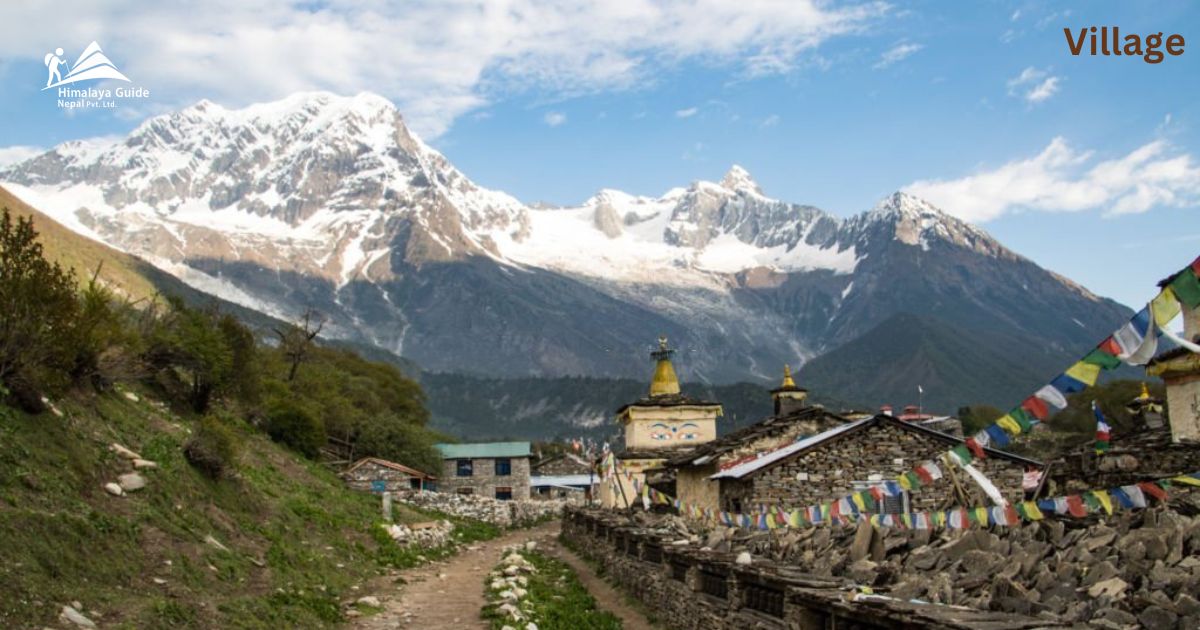
II. Rupina La Pass
The Rupina La Pass, which connects the Manaslu Valley to the Marsyangdi Valley, is one of the toughest passes in the Manaslu region. At 4,610 meters, the pass provides breathtaking views of the mountains in the area. The climb to the Rupina La Pass needs a high fitness level and previous trekking expertise. Furthermore, it isn’t good for people with weak hearts.
III. Larkya La Pass
One of the Manaslu region’s hardest and most remote corners is the Larkya La Pass. You pass through isolated communities, thick forests, and high mountain passes on your journey to the Larkya La Pass.
IV. Upper Budhi Gandaki Valley
Only a few hikers venture into the remote corners of Manaslu. The walk leads you past historic monasteries, high mountain passes, and several Tibetan Buddhist settlements in the valley. The outcome of this area’s breathtaking vistas of the Manaslu and Himalchuli mountains are a draw to this area.
V. Hinang Valley
The Hinang Valley is a different uncharted, remote corner of Manaslu that provides a special trekking experience. The Gurungs and the Tibetans are only two of the many ethnic groups that call the valley home. The journey takes you via high mountain passes, alpine meadows, and deep woodlands.
Why Is Manaslu Considered An Untouched And Remote Corner Of Nepal?
Several factors make Manaslu one of Nepal’s most unexplored and isolated regions. Some of them are listed below:
- Difficult location and Landscape
- Shared Border
- Strict permission
- Infrastructural Barrial
- Tourist spots
- Cultural site
- Less popularity
- Traditional Way of Life
I. Difficult Location And Landscape
One of the biggest reasons why Manaslu is remote and unexplored and an offbeat corner of Nepal is its geographical location. The region is in the northern part of the Gorkha district, surrounded by high mountain ranges, including Annapurna and Langtang. Manaslu’s harsh landscape, steep mountain passes, and high altitude make it a demanding and challenging destination for trekkers and climbers.
The region is distant partly due to the poor infrastructure and needs for transit options. This challenging Landscape also adds a plus point to its tourism as the difficult terrain of Manaslu is one of the key attractions for ambitious tourists looking for a distinctive and immersive experience, providing the chance to visit a secluded and unexplored region of Nepal.
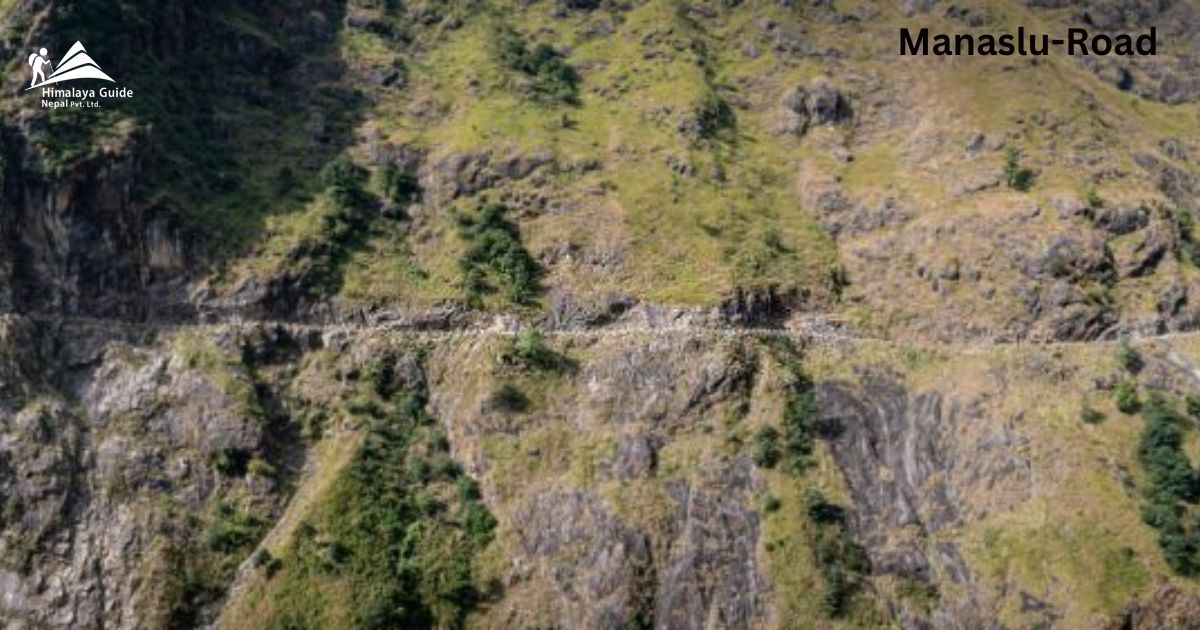
The Arughat Bazar is the closest road infrastructure to the Manaslu Circuit Trek. The distance from the trek’s beginning point, Soti Khola, is about 70 kilometers. However, depending on the season and weather, the state of the roads may change. So you can imagine how far and difficult this remote corner is.
II. Shared Border
The Manaslu region is in the northern section of the Gorkha district, bordering Tibet. Due to a significant military presence, there is little access to the Manaslu region and restrictions on local and tourist mobility. Local people must cross borders or trek hundreds of kilometers for basic needs.
The Nepali government has limited the trekking permits issued for the Manaslu region, impacting infrastructure development and tourism. The area’s natural beauty and cultural legacy have been protected, and the trekking experience has become more secluded and less crowded. Overall, the shared border has contributed to the Manaslu region’s isolation, giving it a distinctive and isolated feel.
III. Strict Permission
High mountain ranges, including the Annapurna and Langtang ranges, encircled it. Visitors must receive a special permit to enter the area due to the region’s difficult accessibility and sparse infrastructure. Travelers must obtain a special permit to enter the region due to its difficult-to-reach location and light infrastructure.
The traveler should have the following permit, which cost very expensive and is sometimes difficult to get due to unreliable sources:
- Restricted Area Permit (RAP)
- Annapurna Conservation Area Permit (ACAP)
- Manaslu Conservation Area Permit (MCAP)
- Trekkers’ Information Management System (TIMS) card
The Manaslu region is a Restricted Area because it has the most endangered wildlife and plant species. Tourism is restricted by a permission system, which preserves the region’s natural beauty and cultural legacy and keeps it from becoming as commercialized as other parts of Nepal.
IV. Infrastructural Barrial
The lack of infrastructure in the Manaslu region is a factor in the area’s remoteness because it makes it difficult for people to get to and move around. The region’s challenging topography and tall mountains make constructing roads, bridges, and other transportation facilities challenging.
The local population needs more infrastructure since they cannot access inertial services like clean water, healthcare, and education. Inadequate infrastructure has also impacted local tourism businesses because there may need to have more lodging, food, or other services to accommodate many tourists.
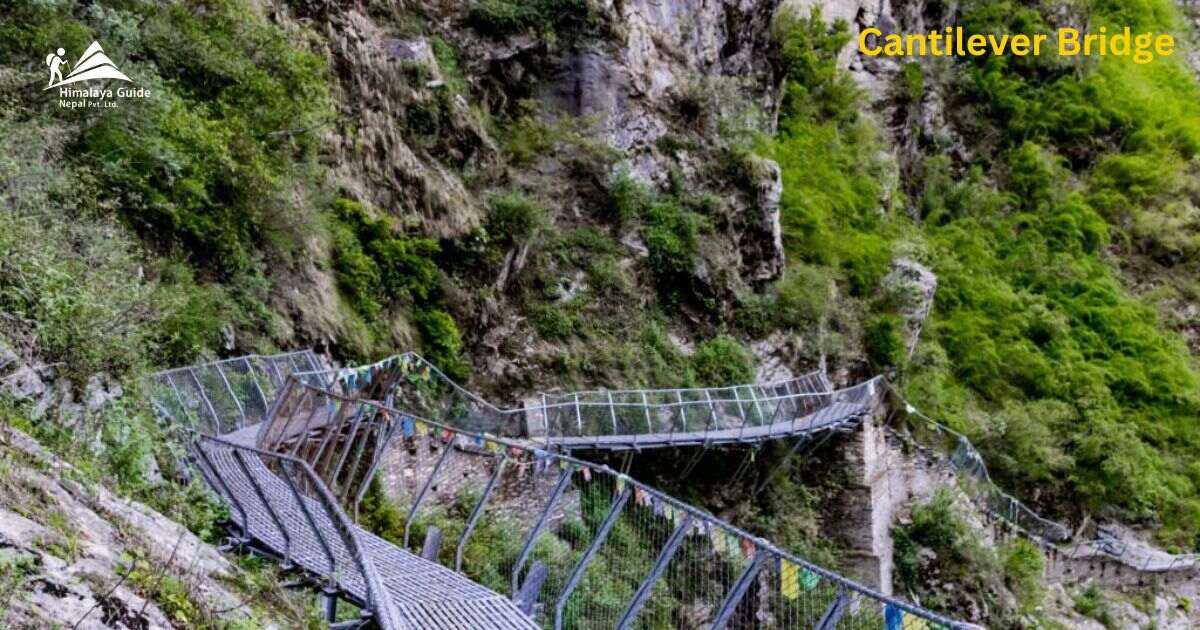
As a result, trekking and walking are still the main forms of transportation in the region. Also, the Manaslu region’s limited infrastructure adds to the impression of remoteness by making it seem far from contemporary civilization. Visitors looking for a natural, remote corner, off-the-beaten-path adventure and a getaway from city life may find this attractive.
V. Tourist Spots
Tourism promotes cultural and natural heritage preservation in the region. Because of this, the Manaslu area is still largely unaffected by modern development and presents a unique opportunity for intrepid travelers looking for a more secluded and genuine location.
For those looking for an off-the-beaten-path adventure away from the crowd of Nepal’s more well-known tourist spots, the area’s isolation and purely natural surroundings have made it a popular destination. The site’s beautiful natural setting makes it a popular vacation spot for people seeking adventure away from Nepal’s more well-known tourist attractions.
VI. Cultural Site
Hiking through the Manaslu region allows one to experience traditional mountain settlements, old monasteries, and breathtaking alpine scenery that have stayed untouched for generations. Walking across the area will enable visitors to see historic monasteries, traditional mountain settlements, and stunning alpine scenery that hasn’t altered much over the years.
VII. Less Popularity
The Manaslu region is less famous and has maintained its unique character and attractiveness due to limited infrastructure and restricted tourists. The region is isolated, resulting in low visitor attractiveness due to its limited permits and underdeveloped infrastructure. The Manaslu Circuit Trek sees fewer visitors than other well-known trekking locations in Nepal. Due to the few trekkers, the area’s natural beauty and traditional culture have been preserved, and commercial development has yet to infringe upon them.
The outcome is a trekking experience that is real and immersive—something that is difficult to get in more well-known locations. As a result, the Manaslu region is less famous, which has increased its remoteness and preserved its distinctive character.
VIII. Traditional Way of Life
Because of the area’s isolation, traditional mountain settlements have maintained their way of life, offering a window into a different culture. A person who has completed Manaslu expenditure will experience the typical village life and how our ancestors have come a long way.
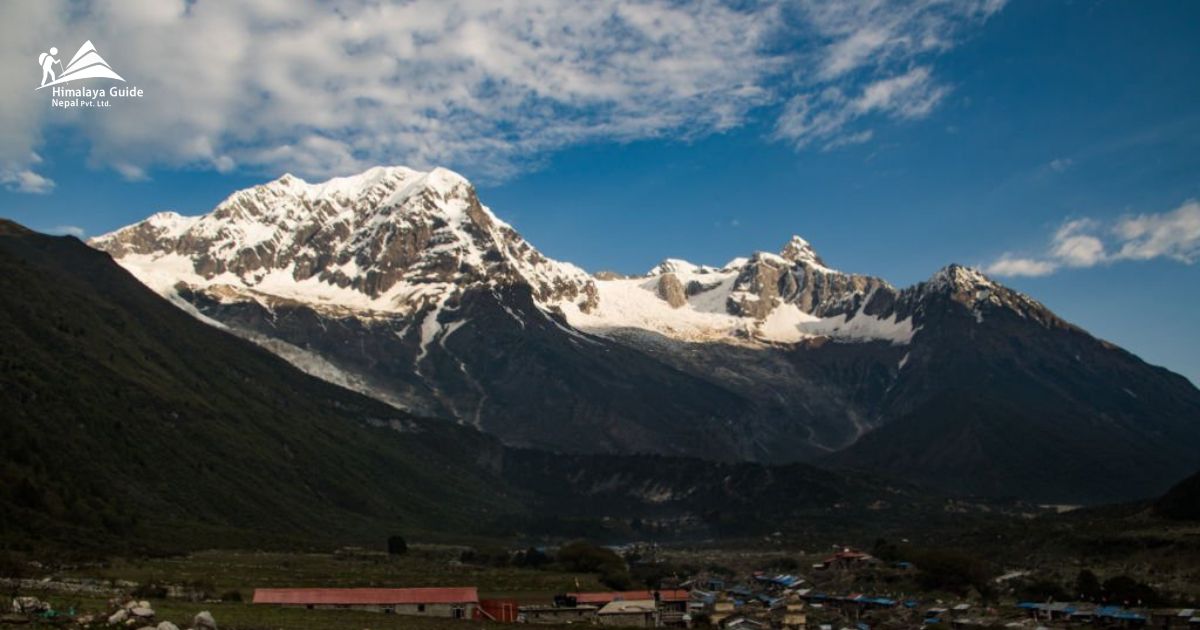
Wrap up
Discovering Manaslu’s hidden nooks and corners is a beautiful and unique experience. A rare chance to travel through a less populated, largely unexplored area while maintaining its natural beauty and cultural legacy is provided by the Manaslu Circuit Trek.
Even though this place has a lot of difficulties, and locals are living in difficult situations, they are always ready to welcome you. You will realize that your life was simple by looking at the lifestyle of these people. So exploring the untouched and remote corners of Manaslu is a lesson to the civilized world.
Despite its difficulty and remoteness, the trek is more exclusive. It provides a unique look into a distant and undeveloped environment because of this area’s limited access and development. Trekking in the Manaslu region is a beautiful experience with spectacular mountain vistas, historic monasteries, and a rich cultural history, despite the difficulties of poor infrastructure and constrained movement.
Similarly, the Manaslu Circuit Trek is a must-visit location for those looking for an experience off the main path. Despite being remote, the corner Manaslu area provides a variety of adventurous activities, such as trekking, white-water rafting, wildlife safaris, and cultural tours, making it a desirable location for adventurers seeking a distinctive and immersive experience. Remember Himalaya Guide Nepal P. Ltd. if you want to book your trip to the Manaslu region with your loved one.
